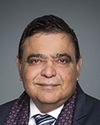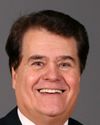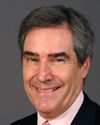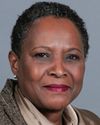As to the differences between conflicts, it all depends on which ones you are talking about. From a Canadian perspective, if we draw a comparison with the Second World War, the Korean War or the First World War, we realize that they are completely different. Even during the Cold War, we were dealing with a military adversary with whom we were very familiar, who was very well structured and who employed conventional methods. In that context, what is asymmetrical is the opposite of what is conventional.
What we are doing in Afghanistan cannot be summarized as putting down insurgents. We are talking about rebuilding or building a country, institutions, Afghan armed forces, and working in close collaboration with our partners within a coalition. This is an interesting situation and one that poses various challenges. We are making decisions not only in a military context but also a pan-governmental context. Today, on the ground in Kandahar, there are important Canadian leaders, including Brigadier-General Denis Thompson, who is a military leader, and a civilian leader, Ms. Elissa Goldberg, who represents Canada in Kandahar. These two leaders quite often make decisions together. They are not strictly military decisions. For all those reasons, the situation is completely different from that during the good old days of the Cold War or conflicts that preceded the Cold War.
This is much more complex and intense. Consequently, the way forward is less obvious to us. Instead of basing ourselves on old doctrine, we have to write a new one as we move forward, since this is a new situation. We are learning and adapting. We learn lessons every hour, every day or week. As I said in my opening remarks, we are applying those lessons to how we conduct our operations or arm ourselves in particular.









